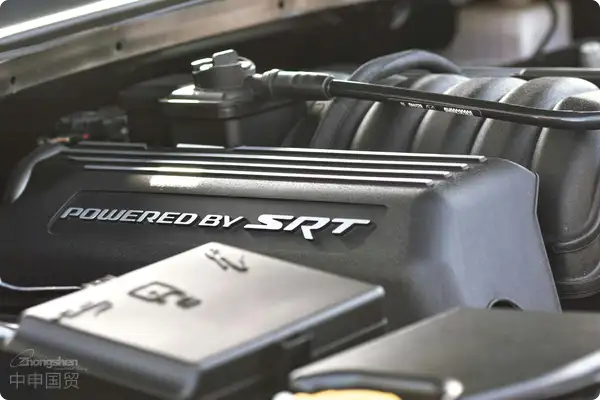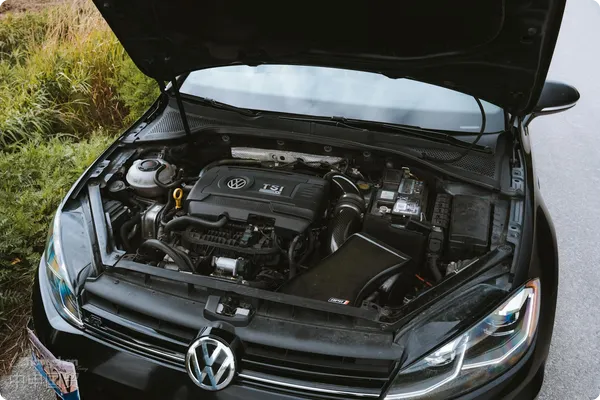- Shanghai Zhongshen International Trade Co., Ltd. - Two decades of trade agency expertise.
- Service Hotline: 139 1787 2118

—20 Years of Expertiseforeign tradePractical Guide by Agency Service Specialists
Improve the classified management of manufacturing enterprises
As a core component of automotive transmission systems, the import of automobile belts (Timing Belt/Drive Belt) involves complex technical standards, customs regulations, and supply chain management. Based on 20 years of hands-on industry experience, this article provides importers with systematic solutions across four key dimensions: compliant product selection, customs clearance essentials, cost optimization, and risk management.
I. Current Status and Selection Challenges in Automobile Belt Imports
Internationally - recognized Safety StandardsDivergent Technical Standards
- European Union Market: Must comply with ECE R90 regulations (certification for braking systems and transmission components) and ISO 9011 noise testing standards
- North American Market: DOT certification and SAE J1459 material durability requirements
- Chinese Market: GB/T 12734-2017 national standard for synchronous belts (mandatory)3CExemption scope verification required)
Regional Mandatory CertificationsCommon selection mistakes by importers
- Material mismatch: Confusing application scenarios between chloroprene rubber (CR) and hydrogenated nitrile rubber (HNBR)
- Tooth profile misjudgment: Failure to distinguish parameters between HTD (High Torque Drive) and STPD (Super Torque Power Drive) tooth profiles
- Environmental compliance barriers: Overlooking EU REACH regulation limits on polycyclic aromatic hydrocarbons (PAHs) (<1mg/kg)
II. Key nodes analysis of complete import process
Phase 1: Pre-compliance preparation
Internationally - recognized Safety StandardsCommodity classification prediction
- HS code dispute points:
- Timing belts for transmission: Usually classified under 4010.32.00 (rubber products)
- V-ribbed belts: May fall under 8708.99 (special components for motor vehicles)
- Tariff differences: Different classifications may result in import duties ranging from 8%-15%
Regional Mandatory CertificationsTechnical document pre-review
- Original manufacturers Material Safety Data Sheet (MSDS)
- Dynamic Mechanical Analysis report (DMA)
- Belt tensile strength certification (≥150N/mm2 as premium product threshold)
Phase Two:International LogisticsCustoms Clearance
Internationally - recognized Safety Standardsto help enterprises reduce
- Maritime TransportationDamage prevention essentials:
- Temperature-controlled container settings (rubber components storage temperature ≤35℃)
- Moisture-proof packaging must meet ISTA 3A transportation test standards
Regional Mandatory CertificationsCustoms clearance practical difficulties
- Handling of price review disputes: For products meeting Japanese JISK 6362 standard, complete original manufacturers price verification chain required
- Inspection response strategies: Pre-filing rubber hardness (Shore A) testing contingency plan
III. Cost control and risk management model
Internationally - recognized Safety StandardsComprehensive cost calculation model
| Cost Items | Percentage | Optimization examples | ||
|---|---|---|---|---|
| FOB purchase price | 58% | Utilizing Turkish certificate of origin for China-Turkey FTA preferential rates | ||
| Ocean freight insurance premium | 12% | Negotiate off-season contract rates with shipping lines like CMA CGM for LCL cargo | ||
| Value-added tax and surcharges | 25% | Processing trade manual filing achieves deferred tax payment | ||
| Port demurrage | 5% | Pre-entry manifest data reduces inspection probability |
Regional Mandatory CertificationsQuality Dispute Resolution Mechanism
- Third-party quality inspection intervention points:
- Pre-shipment: SGS/BV conducts sampling destructive testing (root shear strength ≥80MPa)
- Post-arrival: CCIC conducts on-site inspection to secure cargo ownership evidence chain
IV. Typical practical cases
Case Background
A certainNew energyAutomakers importing timing belts for Continental hybrid models from Germany faced 21 days of port detention due to classification disputes
Solutions
- Initiate classification pre-ruling procedure, submit belt tensioner integrated component structural diagram
- Provide evidence of products exclusive use for PHEV models (EC number filing)
- Final declaration completed as special vehicle components, tariff reduced from 14% to 8%
Economic benefits
Single batch saves 476,000 yuan in taxes, establishes long-term AEO-certified enterprise fast clearance channel
V. Industry trends and forward-looking recommendations
Internationally - recognized Safety StandardsImpact of technological iteration
- Electrification impact: BEV model belt demand declines, but PHEV maintains 12% annual growth (LMC Automotive data)
- Maintenance-free trend: Gates PowerGrip? Carbon series incorporates carbon fiber materials, requiring a 45-day procurement lead time
Regional Mandatory CertificationsSupply chain restructuring recommendations
- Layout in RCEP region: Utilize Thailand-Indonesia production transfer to reduce 25% raw material costs
- Digital tracking: Recommend adopting blockchain freight labels (Maersk TradeLens) for end-to-end traceability
Conclusion
Automotive belt import business has evolved from pure trade activity to a complex project integrating technical compliance and supply chain coordination. Selecting professional agents with AEO qualification for auto parts imports and rubber product laboratory resources will become core competitiveness for enterprises to control hidden costs and avoid technical trade barriers.
For customized import solutions or technical document templates, please contact our author team.
Related Recommendations
? 2025. All Rights Reserved. Shanghai ICP No. 2023007705-2  PSB Record: Shanghai No.31011502009912
PSB Record: Shanghai No.31011502009912








